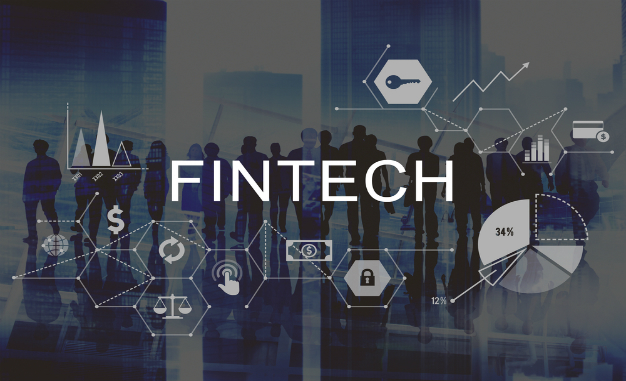Blockchains, sidechains, mining – terminologies in the clandestine world of cryptocurrency keep piling up by minutes. Although it sounds unreasonable to introduce new financial terms in an already intricate world of finance, cryptocurrencies offer a much-needed solution to one of the biggest annoyances in today’s money market – security of transaction in a digital world. Cryptocurrency is a defining and disruptive innovation in the fast-moving world of fin-tech, a pertinent response to the need for a secure medium of exchange in the days of virtual transaction. In a time when deals are merely digits and numbers, cryptocurrency proposes to do exactly that!
In the most rudimentary form of the term, cryptocurrency is a proof-of-concept for alternative virtual currency that promises secured, anonymous transactions through peer-to-peer online mesh networking. The misnomer is more of a property rather than actual currency. Unlike everyday money, cryptocurrency models operate without a central authority, as a decentralized digital mechanism. In a distributed cryptocurrency mechanism, the money is issued, managed and endorsed by the collective community peer network – the continuous activity of which is known as mining on a peer’s machine. Successful miners receive coins too in appreciation of their time and resources utilized. Once used, the transaction information is broadcasted to a blockchain in the network under a public-key, preventing each coin from being spent twice from the same user. The blockchain can be thought of as the cashier’s register. Coins are secured behind a password-protected digital wallet representing the user.
Supply of coins in the digital currency world is pre-decided, free of manipulation, by any individual, organizations, government entities and financial institutions. The cryptocurrency system is known for its speed, as transaction activities over the digital wallets can materialize funds in a matter of minutes, compared to the traditional banking system. It is also largely irreversible by design, further bolstering the idea of anonymity and eliminating any further chances of tracing the money back to its original owner. Unfortunately, the salient features – speed, security, and anonymity – have also made crypto-coins the mode of transaction for numerous illegal trades.
Just like the money market in the real world, currency rates fluctuate in the digital coin ecosystem. Owing to the finite amount of coins, as demand for currency increases, coins inflate in value. Bitcoin is the largest and most successful cryptocurrency so far, with a market cap of $15.3 Billion, capturing 37.6% of the market and currently priced at $8,997.31. Bitcoin hit the currency market in December, 2017 by being traded at $19,783.21 per coin, before facing the sudden plunge in 2018. The fall is partly due to rise of alternative digital coins such as Ethereum, NPCcoin, Ripple, EOS, Litecoin and MintChip.
Due to hard-coded limits on their supply, cryptocurrencies are considered to follow the same principles of economics as gold – price is determined by the limited supply and the fluctuations of demand. With the constant fluctuations in the exchange rates, their sustainability still remains to be seen. Consequently, the investment in virtual currencies is more speculation at the moment than an everyday money market.
In the wake of industrial revolution, this digital currency is an indispensable part of technological disruption. From the point of a casual observer, this rise may look exciting, threatening and mysterious all at once. While some economist remain skeptical, others see it as a lightning revolution of monetary industry. Conservatively, the digital coins are going to displace roughly quarter of national currencies in the developed countries by 2030. This has already created a new asset class alongside the traditional global economy and a new set of investment vehicle will come from cryptofinance in the next years. Recently, Bitcoin may have taken a dip to give spotlight to other cryptocurrencies. But this does not signal any crash of the cryptocurrency itself. While some financial advisors emphasis over governments’ role in cracking down the clandestine world to regulate the central governance mechanism, others insist on continuing the current free-flow. The more popular cryptocurrencies are, the more scrutiny and regulation they attract – a common paradox that bedevils the digital note and erodes the primary objective of its existence. Either way, the lack of intermediaries and oversight is making it remarkably attractive to the investors and causing daily commerce to change drastically. Even the International Monetary Fund (IMF) fears that cryptocurrencies will displace central banks and international banking in the near future. After 2030, regular commerce will be dominated by crypto supply chain which will offer less friction and more economic value between technologically adept buyers and sellers.
If cryptocurrency aspires to become an essential part of the existing financial system, it will have to satisfy very divergent financial, regulatory and societal criteria. It will need to be hacker-proof, consumer friendly, and heavily safeguarded to offer its fundamental benefit to the mainstream monetary system. It should preserve user anonymity without being a channel of money laundering, tax evasion and internet fraud. As these are must-haves for the digital system, it will take few more years to comprehend whether cryptocurrency will be able to compete with the real world currency in full swing. While it is likely to happen, cryptocurrency’s success (or lack thereof) of tackling the challenges will determine the fortune of the monetary system in the days ahead.


